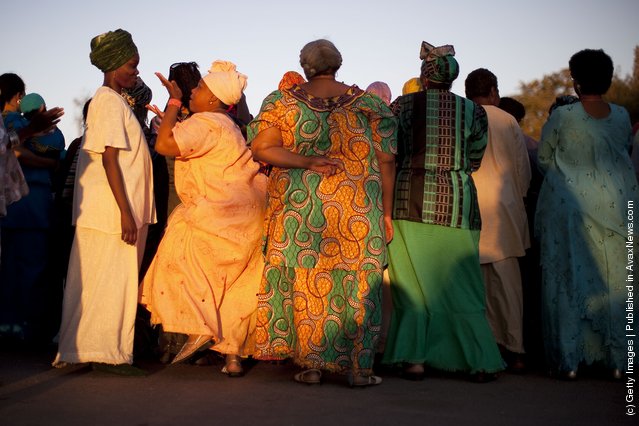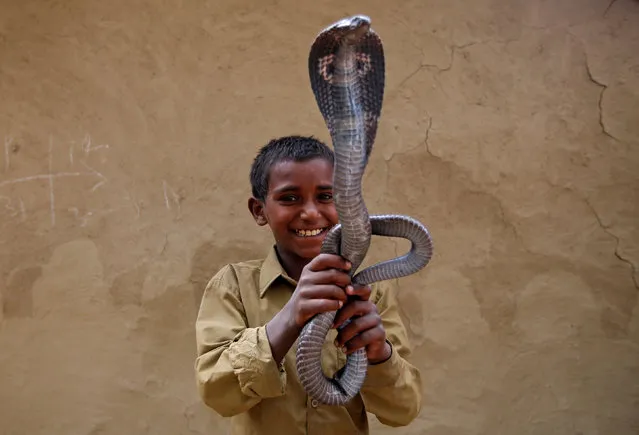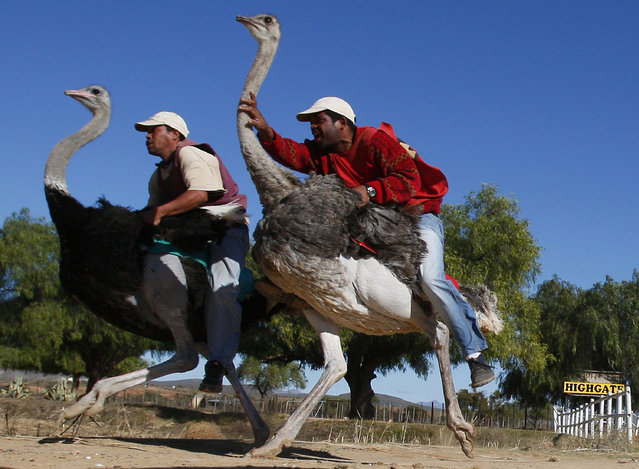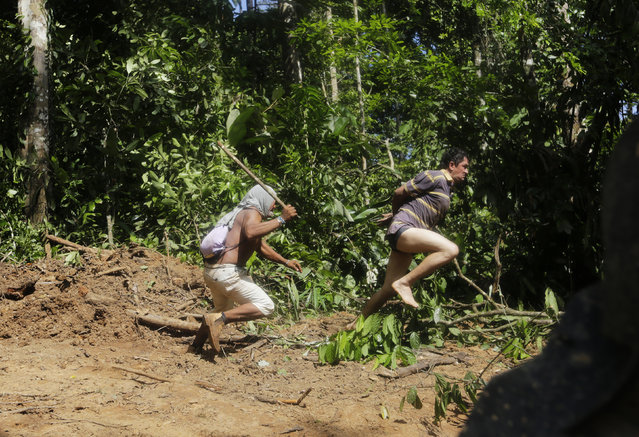
Members of the Black Hebrews community celebrate the Shavuot harvest festival on June, 19, 2011 in Dimona, Israel. The community, who call themselves the African Hebrew Israelites of Jerusalem, moved to Israel in 1969 from the United States and have since maintained a vibrant culture which includes a communal lifestyle and a vegan diet. They are not recognized as Jews by Israel despite their belief in the Torah, but were granted permanent resident status in 2003. (Photo by Uriel Sinai/Getty Images)
20 Jun 2011 10:44:00,post received
0 comments







